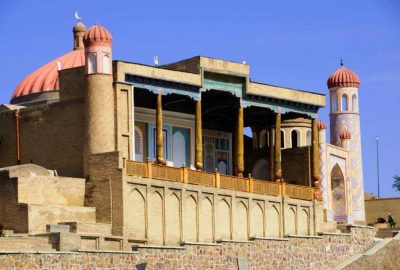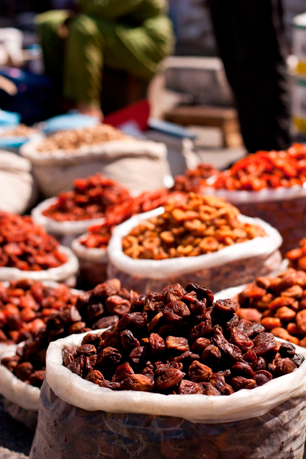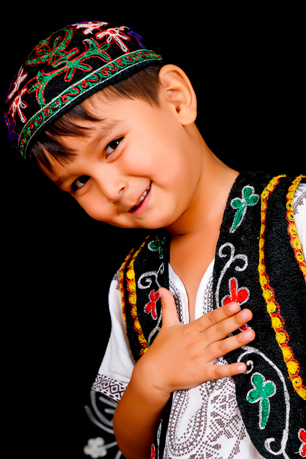Uzbekistan’s tourism boom is fueling rapid growth, transforming historic cities, but concerns rise as modernization threatens cultural heritage and authenticity.
The unmistakable clatter of a jackhammer fills the air in Bukhara, a historic gem along the ancient Silk Road in what is now Uzbekistan. Once a vital trading hub, Bukhara has embraced tourism as its new economic engine, with modern hotels and infrastructure springing up at an unprecedented pace. Standing outside my guesthouse, nestled in a repurposed caravanserai, I can spot three construction sites within a 100-meter radius. Just steps away from a magnificent 16th-century madrasa, I watch workers laying the foundation for yet another guesthouse.
This construction frenzy isn’t unique to Bukhara. Across Uzbekistan, the nation’s historic cities are undergoing a dramatic transformation to accommodate a growing influx of tourists. In the capital city of Tashkent, construction cranes loom over a new shopping mall, which now dominates the road leading to the revered Hazrati Imam mosque complex. Nearby, the sleek and nearly completed Centre for Islamic Civilisation rises as a testament to the government’s ambitious vision for modernization.
In Khiva, a UNESCO World Heritage Site encased by mud-brick fortifications, limited space prevents outward expansion. Yet, within its historic core, traditional mud-and-straw homes are being demolished and replaced by contemporary hotels. Meanwhile, Samarkand, Uzbekistan’s most iconic Silk Road city, showcases the grandest of developments. Billionaire Bakhtiyor Fazilov has spearheaded ambitious projects, including a new airline, an international airport opened in 2022, and Silk Road Samarkand—a sprawling, resort-like tourist complex that evokes an oddly polished and artificial “Disneyland” aesthetic.






